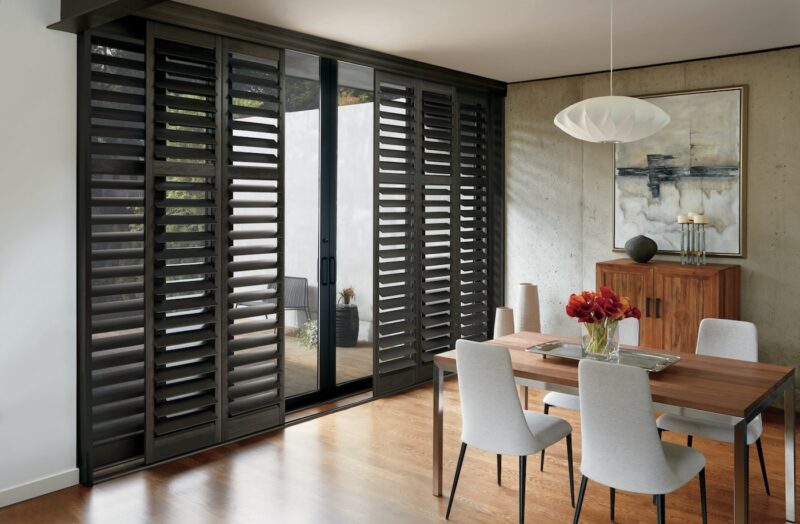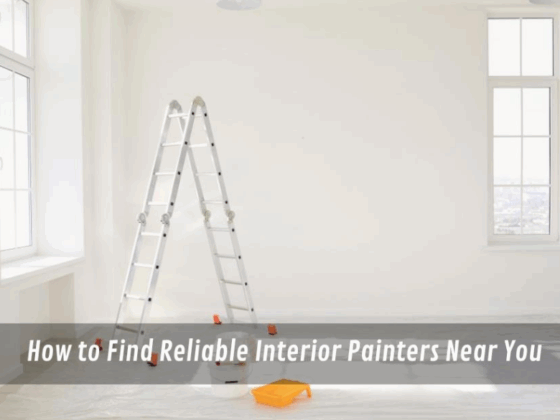When you live in a city like Sydney, managing light and airflow isn’t just about comfort — it shapes how your home feels day to day. The angle of afternoon sun, the closeness of neighbouring buildings, even the way noise carries — it all adds up. That’s why window choices matter more than people realise.
For a while, we stuck with basic blinds. They worked — until they didn’t. Sunlight would slip through awkward gaps. Privacy felt like an all-or-nothing choice. Once we installed shutters, that changed. They added just enough control without making the space feel boxed in.
Homes vary wildly across Sydney, and no single solution fits all. But if you’re balancing light, airflow, and privacy, it makes sense to consider what the best shutters Sydney can offer. They’re a small shift that quietly improves how a room performs.
Control indoor comfort and natural airflow

Not every Sydney home has the same orientation or exposure. Some catch afternoon heat, while others sit shaded for most of the day. Window treatments play a big role in how a space handles those conditions.
Shutters, especially with adjustable louvres, allow you to tilt and control the light. You can block harsh rays while still pulling in a breeze, without fully closing off the room. This flexibility creates a better balance between privacy and openness, particularly valuable in homes that face busy streets or neighbouring buildings.
In our case, the upstairs windows were the hottest spots by midday. Shutters helped control that heat while letting us open the windows behind them. The result wasn’t just cooler rooms — it was a noticeable difference in how the house flowed.
Key advantages of this setup include:
- Diffused light without glare
- Increased airflow without sacrificing privacy
- Greater control over temperature throughout the day
- A cleaner, quieter aesthetic
Enhance energy performance with design-based shading
Modern housing isn’t just about looks — it’s about how spaces function over time. Well-designed homes use natural elements like sunlight, airflow, and orientation to reduce dependence on artificial cooling or heating.
That’s where shutters come into play. They act as a physical barrier between the harsh sun and your home’s internal temperature. The positioning of louvres — whether fully open, angled, or closed — gives you micro-control over the way your space interacts with sunlight.
A key principle in sustainable design is the use of window shutters and shading strategies. These strategies aim to reduce solar heat gain without shutting out daylight entirely. Shutters fit into this concept cleanly — no power required, no moving parts, just thoughtful use of shape and shadow.
Homes that integrate these types of features tend to stay more stable in temperature, particularly helpful in Sydney’s variable climate.
Add architectural balance to interior and exterior spaces

Shutters do more than block light. They offer a visual symmetry that’s hard to replicate with blinds or curtains. Because they’re custom-fitted to the window itself, they enhance the lines of the frame, not interrupt them.
This built-in quality makes a room feel more anchored. It’s especially useful in open-plan designs where too many elements are competing for attention. Instead of pulling the eye toward a curtain rod or roller blind, shutters give a clean visual break between walls and windows.
Some of the subtle design advantages include:
- A neater, more streamlined finish around windows
- Visual consistency across multiple room types
- Reduced clutter caused by external rods or layers
- Integration that supports both modern and traditional interiors
I’ve noticed that guests rarely comment on the shutters themselves, but they do comment on the space. It feels calmer, more balanced, like the room has a natural order.
Adapt across home styles with design versatility
What surprised me about shutters is how seamlessly they fit different room types. Whether it was the narrow sash window in the hallway or the wide back sliders leading to the courtyard, the same design principle applied — and looked just right.
It’s this flexibility that makes shutters such a universal solution. They work across modern, industrial, heritage, or coastal homes without requiring drastic adjustments. And they’re one of the few options that don’t rely on decorative flair — just clean function.
One of the less obvious benefits of window shutters is their ability to sit quietly in a room without demanding attention. That subtlety creates consistency across floors, rooms, and transitions between indoor and outdoor areas.
Support passive insulation for modern homes

Homes that rely on layered design tend to perform better when it comes to energy retention. That means not depending solely on thick walls or ceiling insulation, but incorporating every surface, including windows, into the thermal envelope.
Shutters contribute meaningfully to this setup by sitting close to the glass and creating a thermal buffer. When closed, they help retain warmth in cooler seasons and deflect heat during hotter days. This makes them an effective passive design element.
Key advantages of shutters in insulation-focused spaces include:
- Reduced heat loss through the glass during colder conditions
- Reflection of radiant heat before it enters the interior
- Added an insulation layer without mechanical systems
- Improved room stability in varying outdoor conditions
These passive contributions align well with approaches detailed in a smart home insulation guide, where materials and positioning play a major role in building performance.
Final thoughts: subtle changes that shift the way you live
Upgrades don’t always have to be dramatic. Sometimes, it’s the quiet ones that change your daily rhythm most. Shutters are one of those additions. They don’t announce themselves — they just work, morning and night, summer and winter.
By giving you more control over light, privacy, and airflow, they support the way your home feels and functions, not through technology, but through thoughtful design.
If you’re after a feature that contributes without dominating, and that adapts to both your style and your lifestyle, shutters offer a reliable, low-interference solution.


